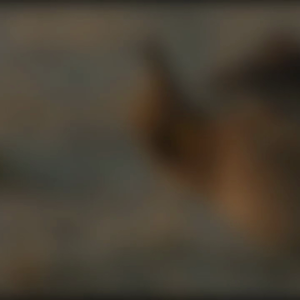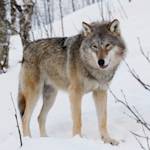Western African Black Rhinoceros Extinct
circa 2011 CE • West Africa
"Historically, the western black rhino had a fairly large range across central and western Africa, with populations in modern-day Cameroon, Chad, the Central African Republic, Sudan and South Sudan, making it the northernmost African rhino subspecies. Although it had lived in these countries for centuries, the western black—like most rhinos—found itself to be incompatible with the 20th century. Widespread sports hunting in the first decades of the century quickly decimated rhino populations. Industrial agriculture came next, clearing many historic rhino habitats for fields and settlements. Farmers and ranchers at the time viewed large herbivores such as rhinos as pests and dangers to their crops. The slaughter continued . . . Between 1960 and 1995 an astonishing 98 percent of black rhinos were killed by poachers . . . All rhinos suffered; the western black rhino, already weakened by decades of overhunting, was the hardest hit . . . In 2011, with no sightings in a decade, the International Union for Conservation of Nature formally declared that the western black rhino had gone extinct."
John R. Platt, "How the Western Black Rhino Went Extinct," Scientific American Blog, November 13, 2013, https://blogs.scientificamerican.com/extinction-countdown/how-the-western-black-rhino-went-extinct/.
Image: Arno Meintjes via Flickr, Attribution-ShareAlike 2.0 Generic (CC BY-SA 2.0)


Learn about Maya Lin’s fifth and final memorial: a multi-platform science based artwork that presents an ecological history of our world - past, present, and future.

Discover ecological histories and stories of former abundance, loss, and recovery on the map of memory.

Learn how we can reduce our emissions and protect and restore species and habitats – around the world.

See how art can help us rethink the problems we face, and give us hope that each one of us can make a difference.

Help make a global memorial something personal and close to home. Share your stories of the natural world.


